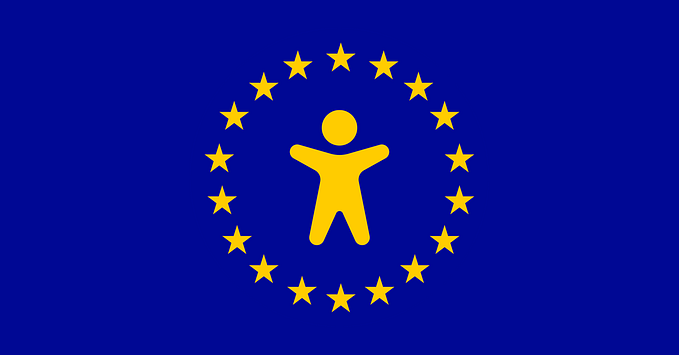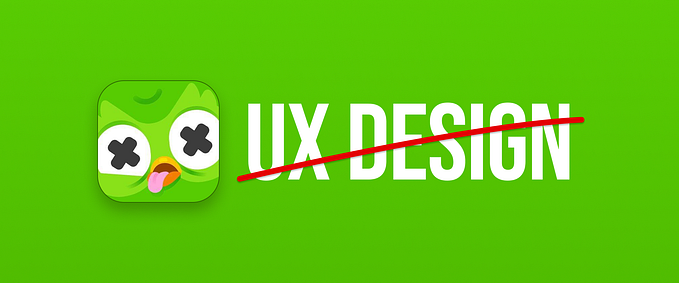Member-only story
The story of the Dumpling emoji 🥟
Overcoming the limitations of a Latin-centric template of communication for the whole of humanity
The description on Wikipedia of a “dumpling” begins:
“Dumpling is a broad class of dishes that consist of pieces of cooked dough (made from a variety of starchy sources), often wrapped around a filling.”
This definition lacks the necessary poetry when speaking of such a profound subject of import but it’ll do for our purposes. The entry goes on to note that almost every culture in the world has some type of “dumpling” — they are far from the exclusive preserve of the Far East.
For instance, my stomach is intimate with the Nepali momo. I’ve sampled the Argentinian empanada with a nice, cold beer, and listened patiently to a Polish designer raving about his grandma’s perogi. I’ve also heard that in territories of Turkish influence, there is the manti. Does the Italian ravioli qualify (here we visit the controversial question of whether Marco Polo took noodles to China or brought back the idea of spaghetti)? I have been confused by the Viennese Knödel dumpling, which doesn’t answer to a conventional, Wikipedia understanding of dumplings. And, if dumplings can also be deep fried (such as pot-stickers) and crispy-crunchy, can the definition be stretched to include the humble Indian samosa?
This may be a step too far for some but if we value a culture of free exchange of ideas, then hard questions must be asked.
Thus, whatever the technical nomenclature, parcels of heavenly goodness are a template cultural phenomenon. They are to food what the circle-square-triangle and primary colours are to visual representation. Dumplings, in my opinion, are spiritual…










